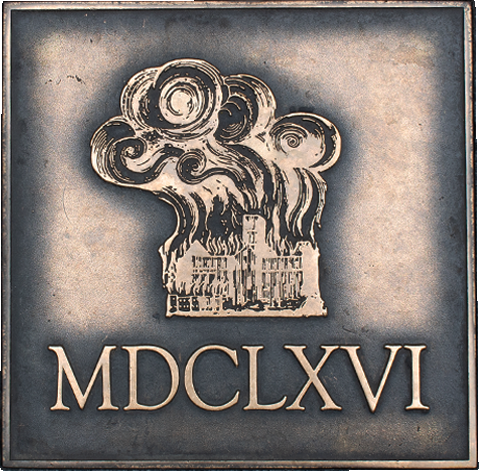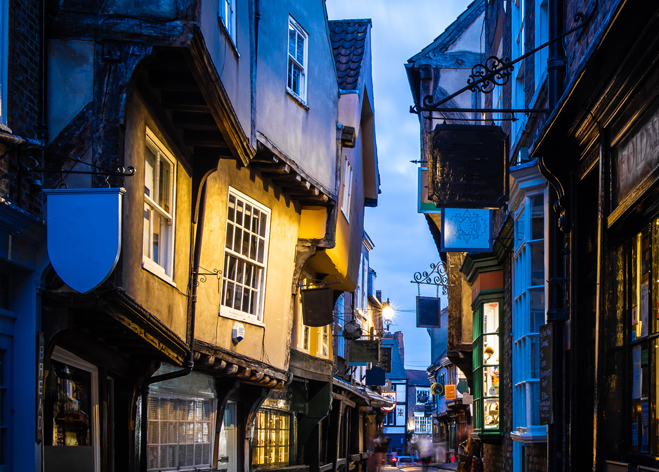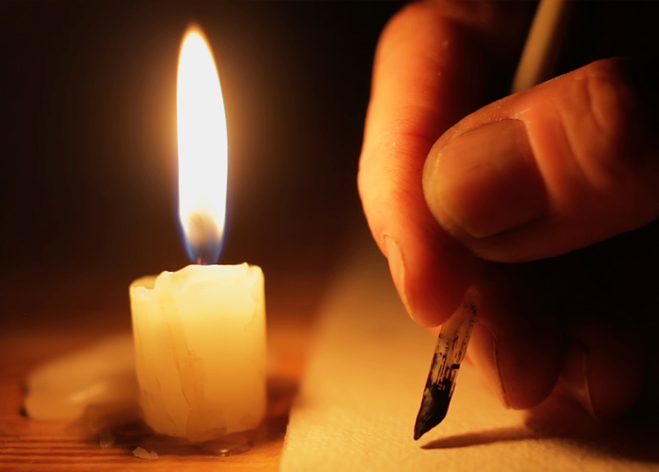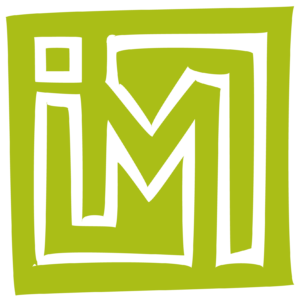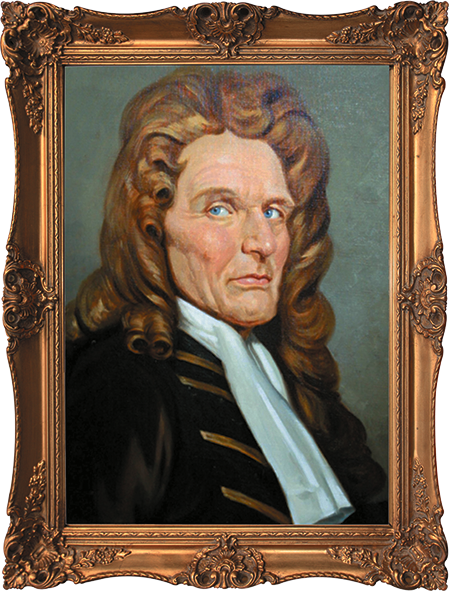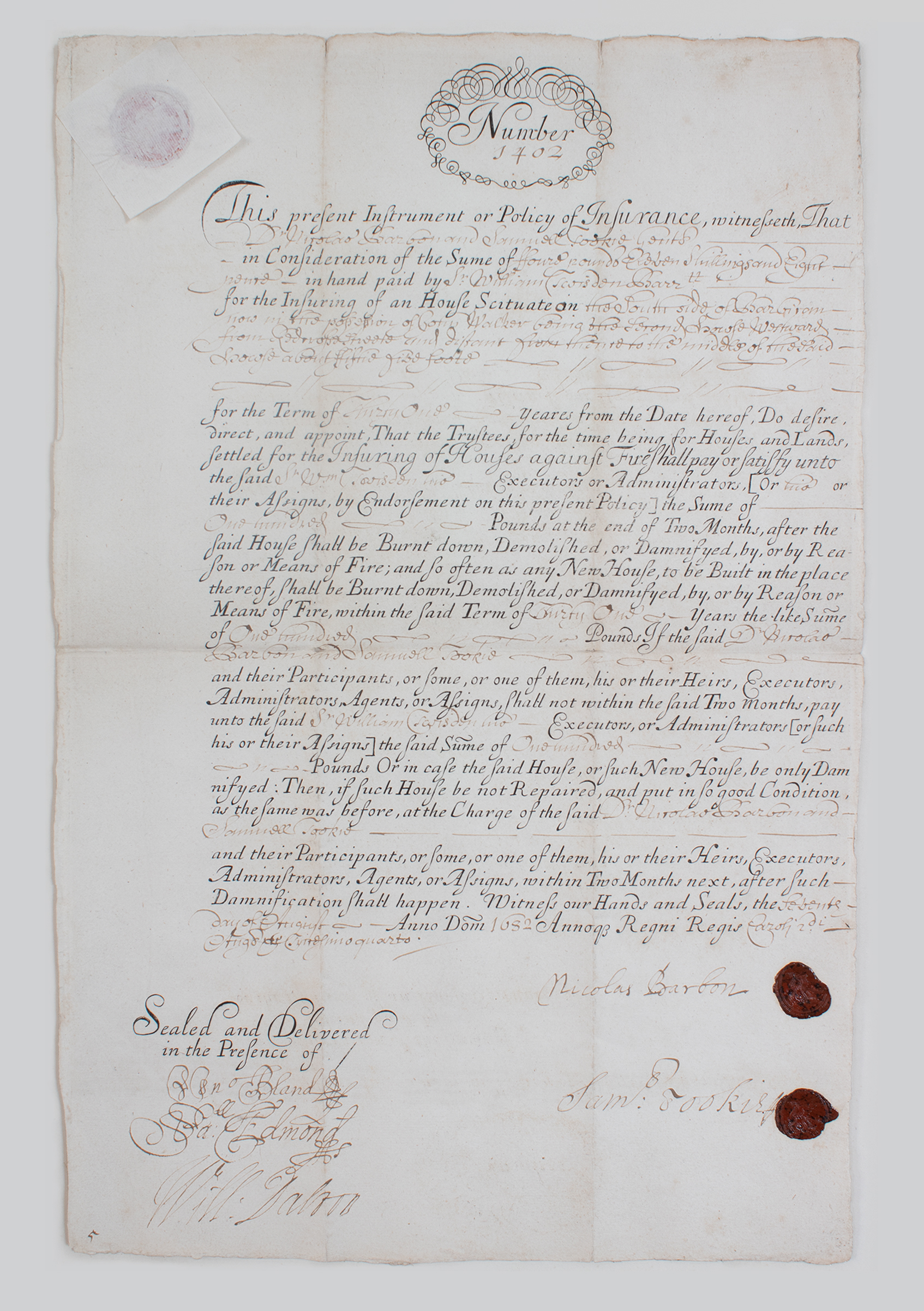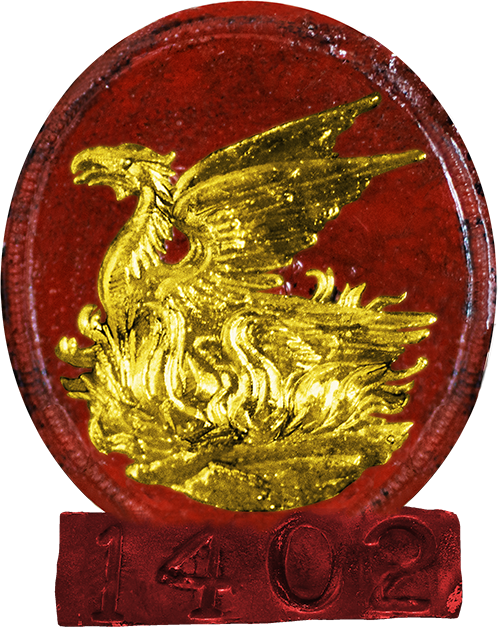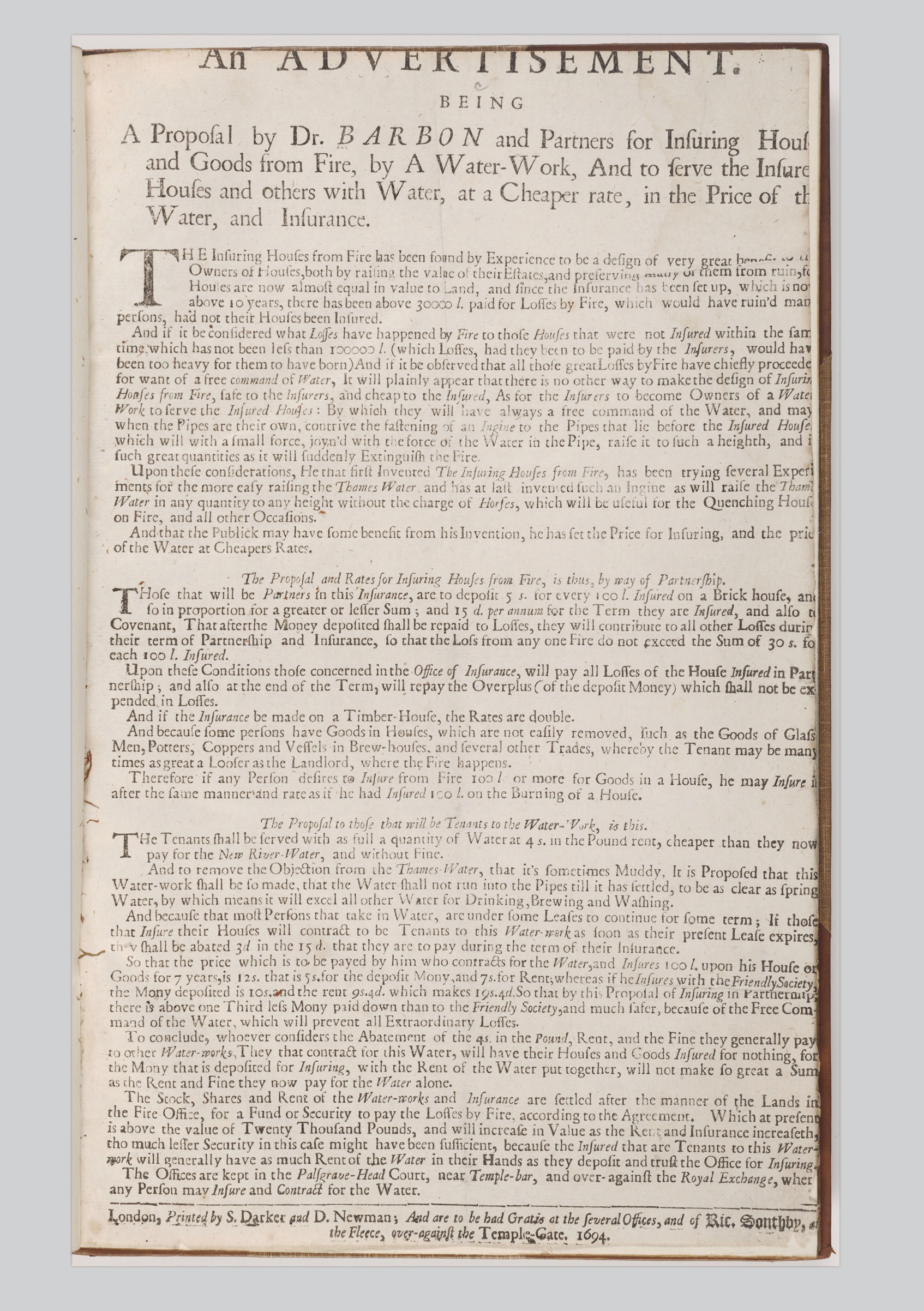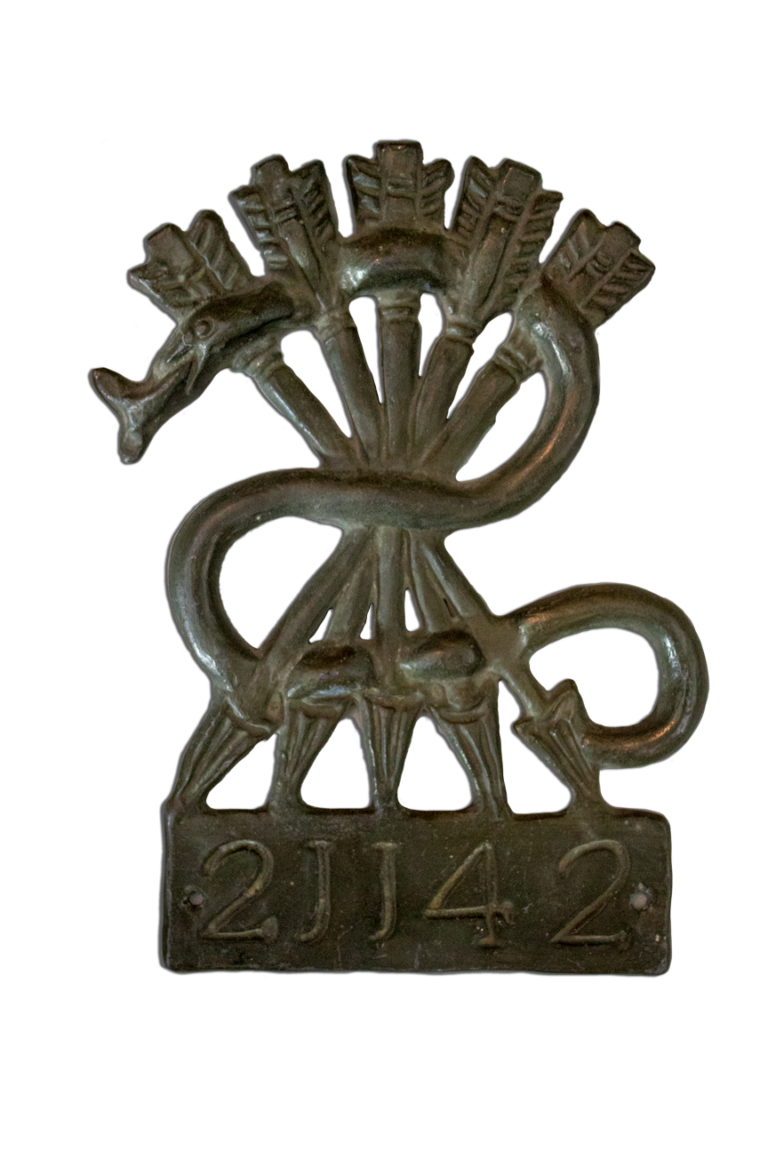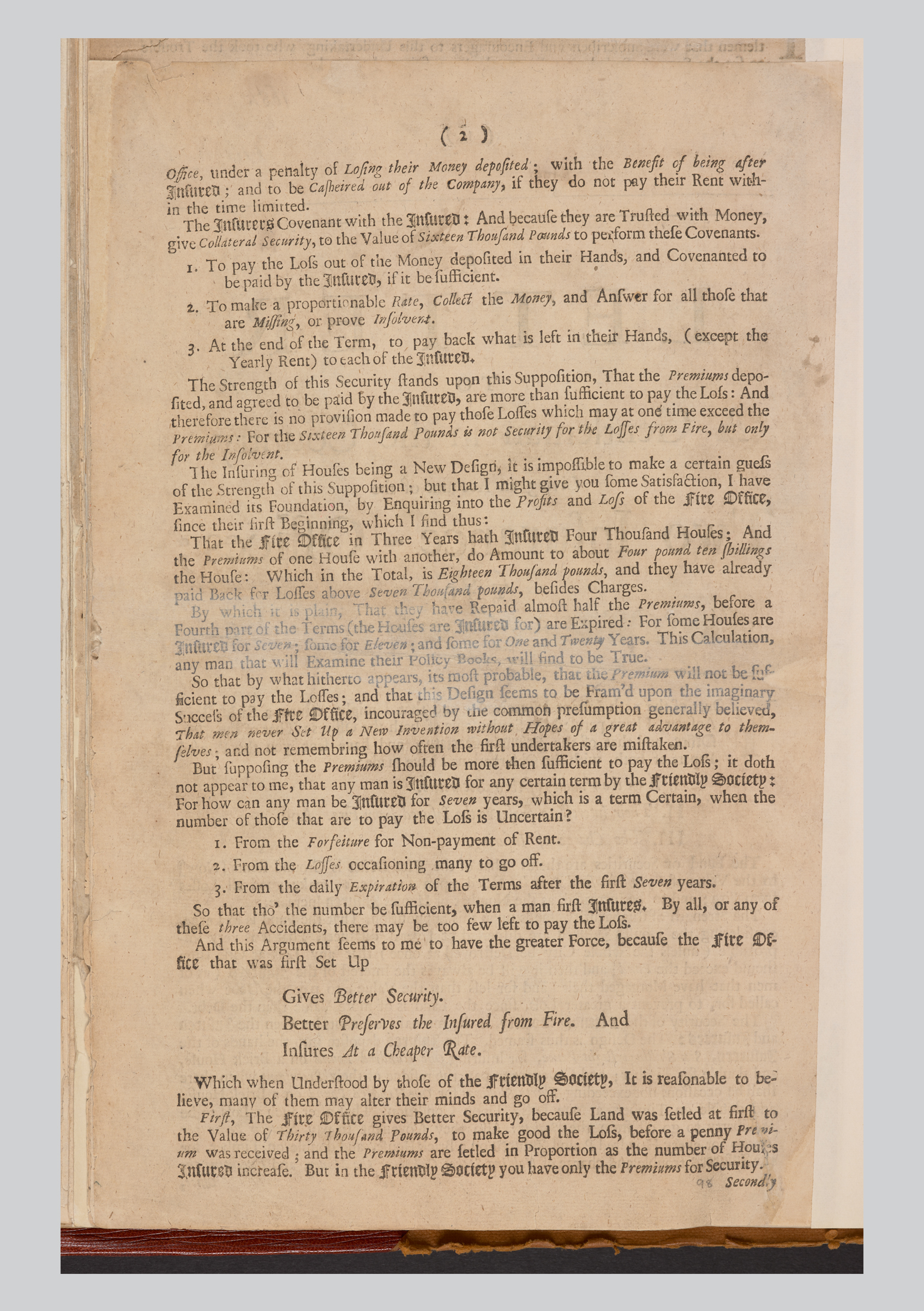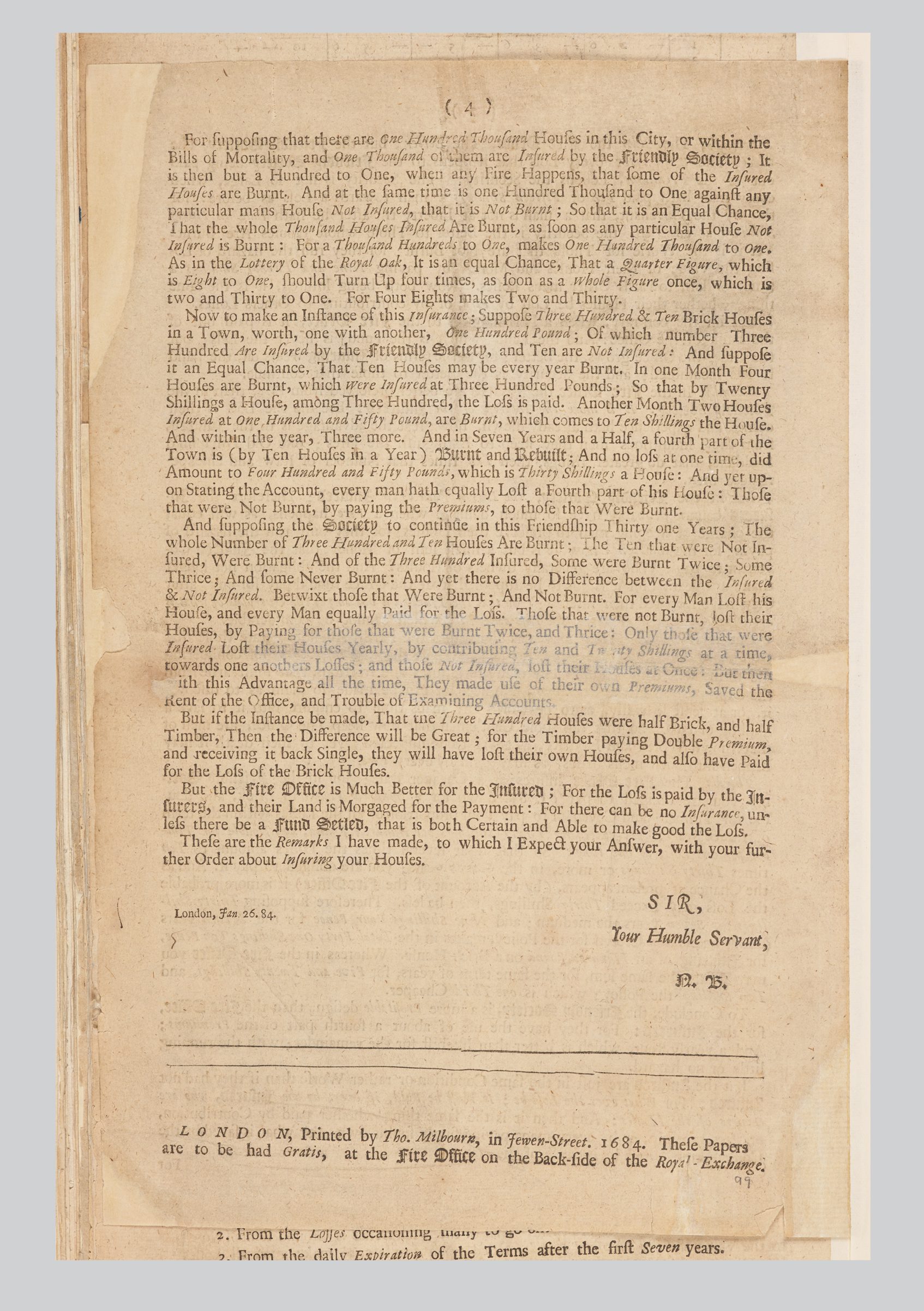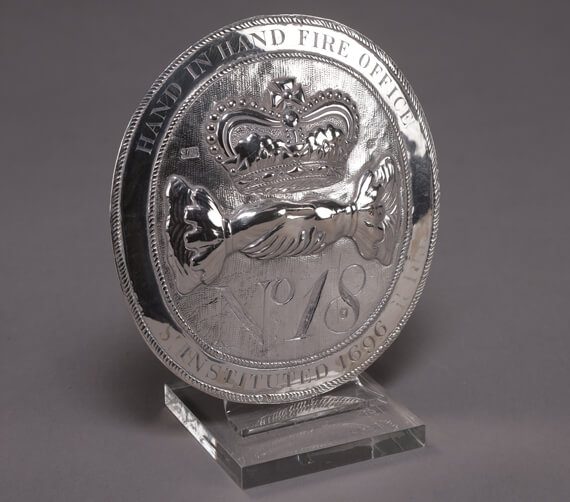The Great Fire of London
2nd - 6th Sept. 1666
A massive fire swept through the City of London,
destroying everything in its path.
Eyewitness accounts provide a unique insight
into this catastrophic event.
View slides
Day one
Day two
Day three
Day four

Eyewitness accounts
To explore more first-hand eyewitness accounts from the Great Fire of London, you could look up the following people.
Samuel Pepys
English naval administrator Samuel Pepys (1633-1703) wrote an eyewitness account of the great fire in a diary he kept from 1659 to 1669. In it he states that he saw:
“The fire continuing, after dinner I took coach with my wife and sonn; went to the Bank side in Southwark, where we beheld that dismal spectacle, the whole citty in dreadful flames near ye water side; all the houses from the Bridge, all Thames Street, and upwards towards Cheapeside, downe to the Three Cranes, were now consum’d”.
John Evelyn
Another contemporary eyewitness was John Evelyn (1620 – 1706) who wrote of the fire:
“Everybody endeavouring to remove their goods, and flinging into the river or bringing them into lighters that lay off; poor people staying in their houses as long as till the very fire touched them, and then running into boats, or clambering from one pair of stairs by the water-side to another”
Return to start


